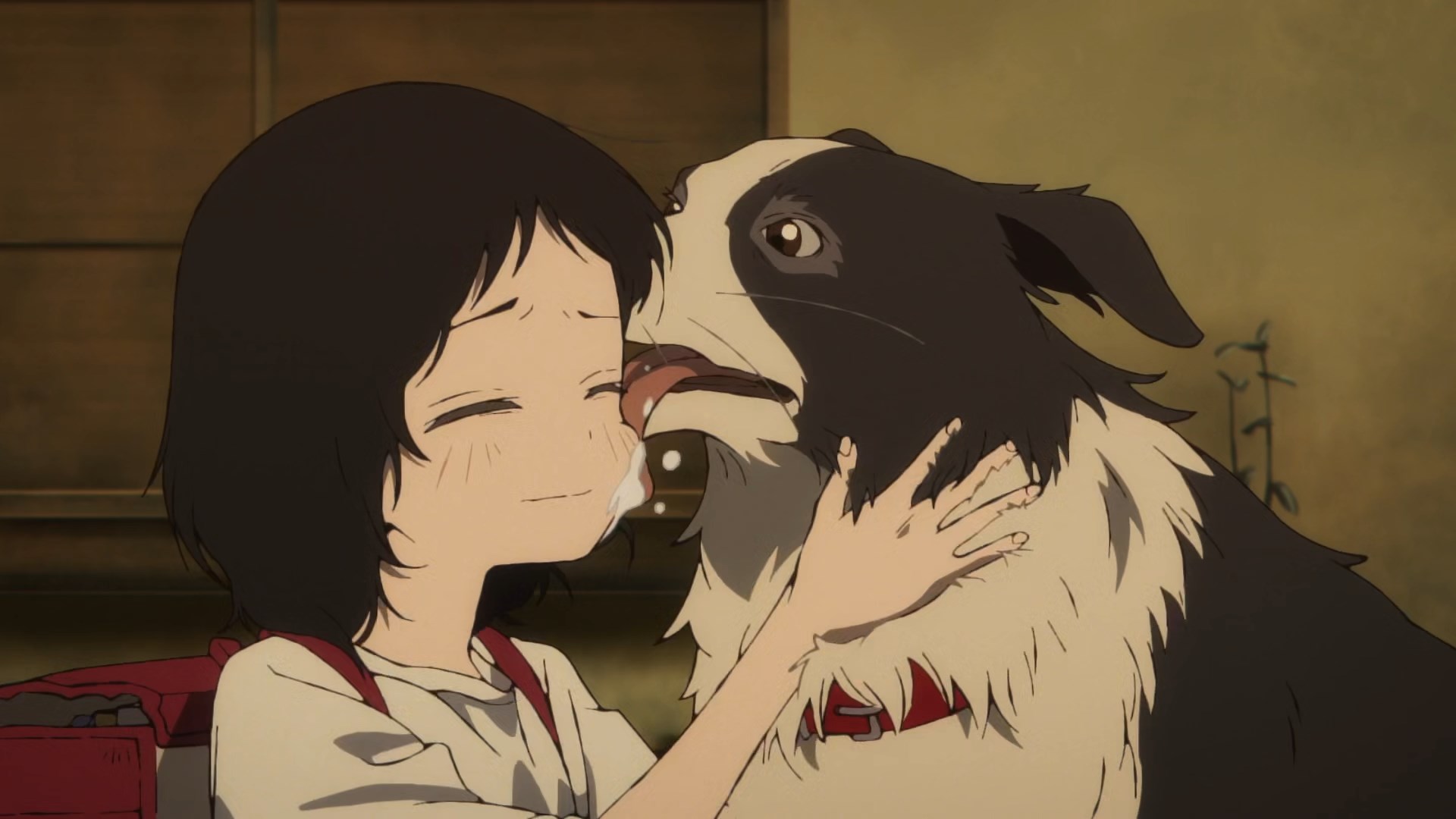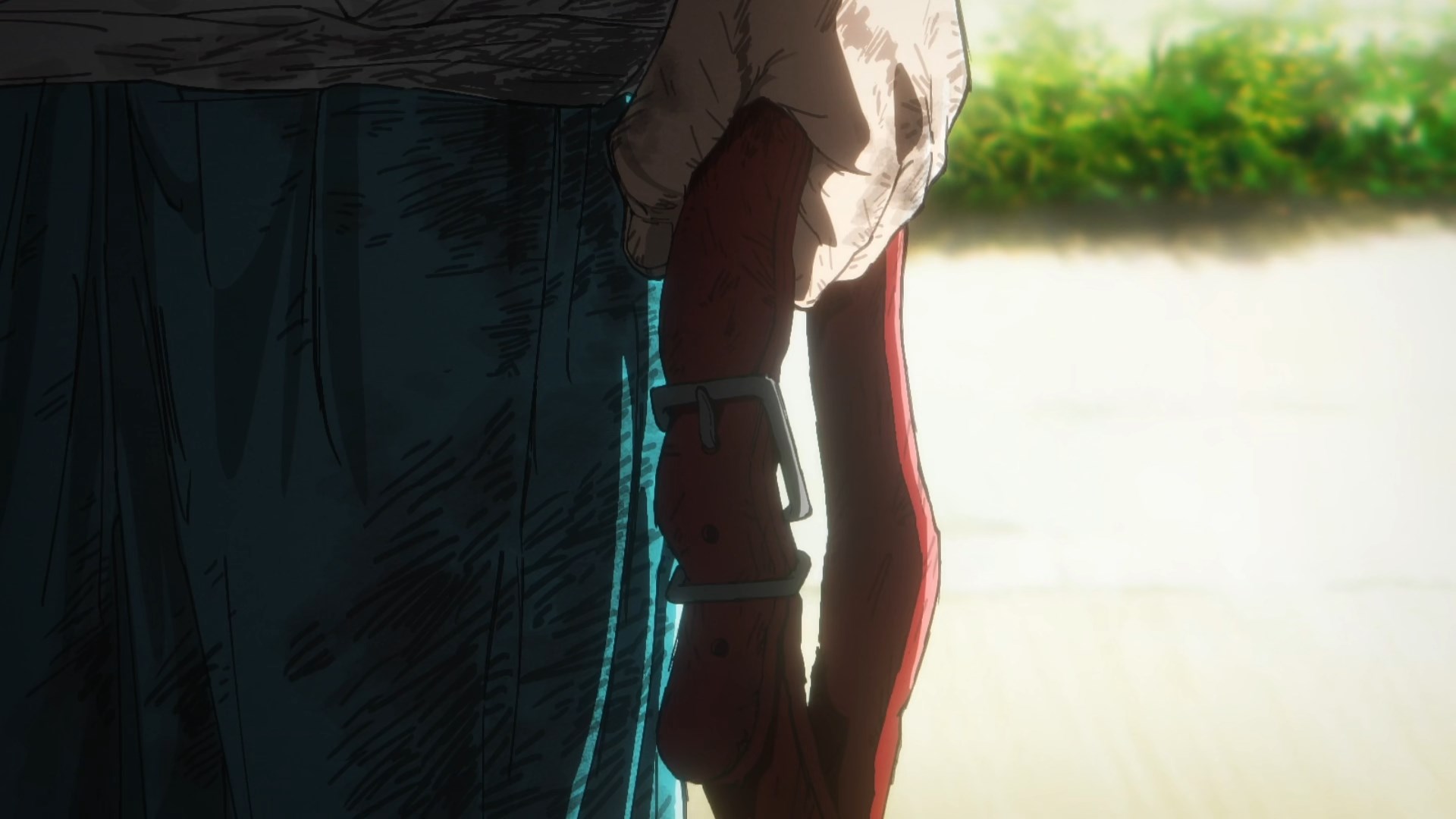I’m somewhat glad that after the trauma that was the first episode of Takopi no Genzai the new anime season took pity on me by making sure most of the next few premieres were just more fantasy slop. Because I certainly cannot be bothered to review each of those individually, let’s throw them all in this post.
But first, let’s talk about naro. Taken from Shōsetsuka ni Narō, (Let’s Become a Novelist) a Japanese website where you can upload original stories for free. It’s been around since 2004 and draws millions of views and within a few years has become an important cog in the Otaku Industrial Complex. Any web novel on the site that gets popular enough will get a light novel adaptation; if that does well a manga will follow and if the stars align, an anime series as well. At each stage the story gets edited, tweaked and generally cleaned up. In the process these stories get slicker and more professionally told, but often lose a lot of their raw appeal.
With thousands of amateur novelists aiming to become the next to break out, chasing whatever the latest trend is, you get a lot of similar stories, small variations on the same over used settings and themes. This goes even those series that do make it into an anime, as a glance at any recent anime season proves. In the west we think of those as isekai slop, but it would be more correctly to call it naro slop. Isekai is a huge part of it yes, but no longer the biggest part, as we’ll see.

Koujo Denka no Kateikyoushi, Jidouhanbaiki ni Umarekawatta Ore wa Meikyuu o Samayou, Clevatess: Majuu no Ou to Akago to Shikabane no Yuusha, Tsuyokute New Saga, Tsuihousha Shokudou e Youkoso!. Though it may be hard to imagine, only one of these series is an actual isekai. They certainly feel like isekai: the same sort of power fantasy starring the same sort of protagonist, set in the same tired cliche fantasy world, but only one stars a hapless Japanese reincarnator, a fellow who loved vending machines so much in his past life he became one in this. A somewhat original idea at least and apparently Jidouhanbaiki ni Umarekawatta Ore wa Meikyuu o Samayou, was popular enough two years ago it got a sequel this year. As such it picks up directly from where it left of and promises to be a bit more serious than previously, as now the threat of a Demon Lord is involved. Not sure that will be all that interesting to be honest.

Tsuihousha Shokudou e Youkoso! looked more interesting: a dude is kicked out of his adventurers’ guild because he’s just a cook, so he decides to start a restaurant. Which may be fun, but thirteen minutes in and he buys himself a little girl slave and I just noped out of there. Nothing kills my interest faster.
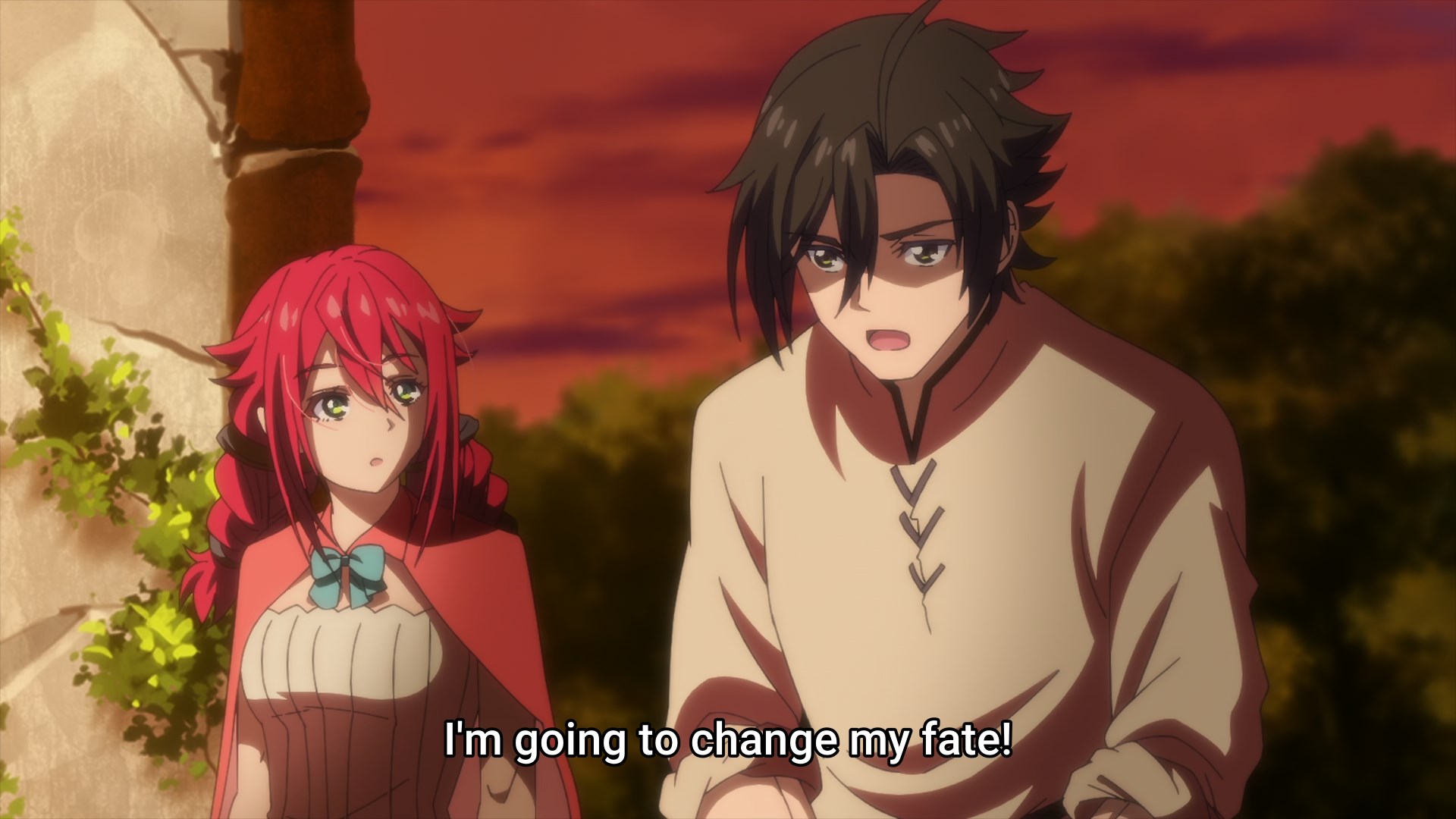
Tsuyokute New Saga opens with the climax of what the narration tells us was a years long war against (of course) the Demon Lord, which killed most of the world’s population. As our protagonist finally slays him, he’s mortally wounded, just able to grasp some sort of magical gemstone that had started to glow ominously. Turns out it send him back in time to three years before the war started. What can he do to make sure things go better this way around and his childhood friend is not killed in the first attack? A more original premise than most naru slop, though 2023’s Kikansha no Mahou wa Tokubetsu Desu had a similar setup but then wasted it on magical school shenanigans. Hopefully this one does a bit better. An early candidate for a weekly turn your brain off watch.
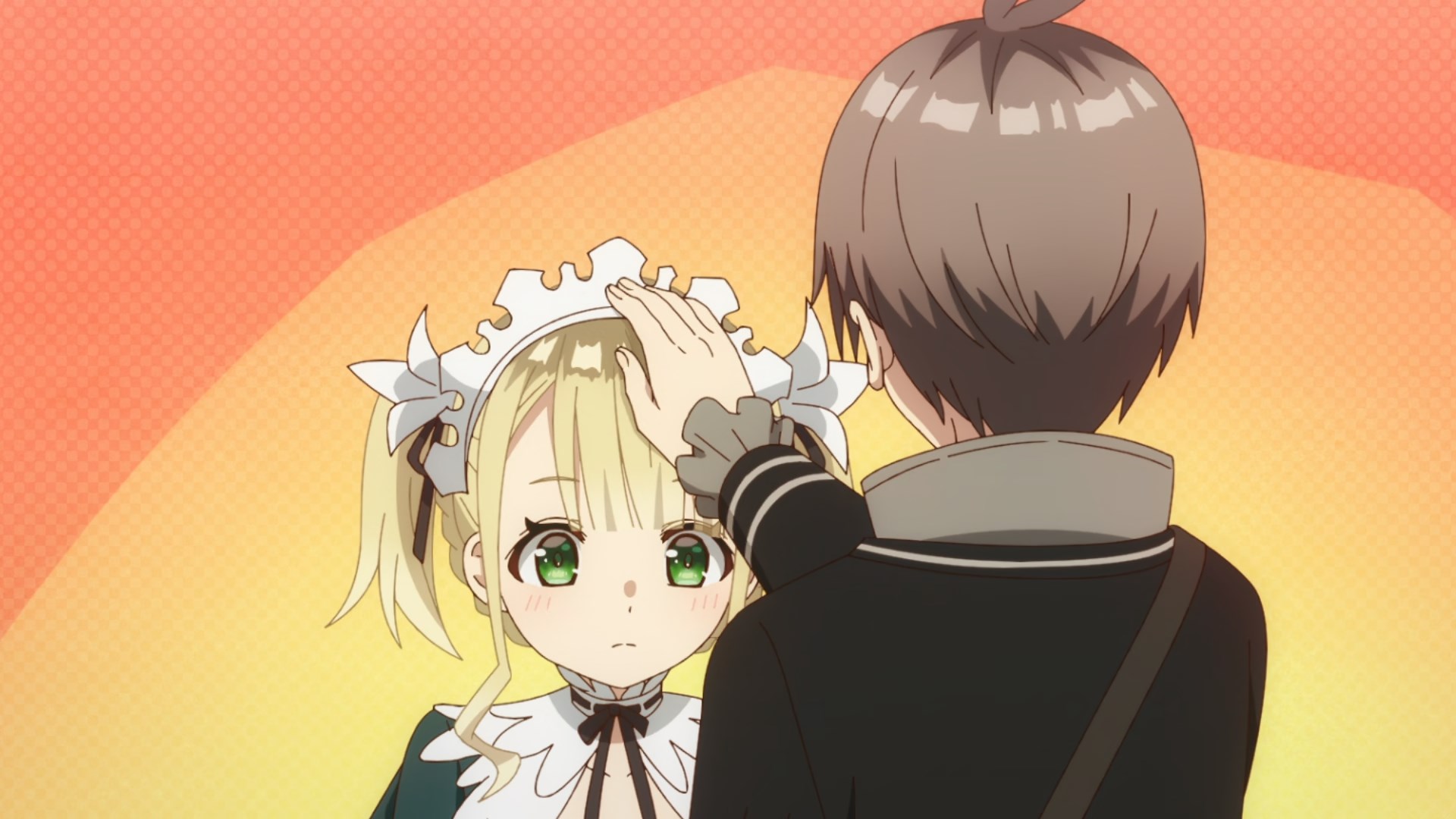
Speaking of magical schools, Koujo Denka no Kateikyoushi‘s protagonist Allen, fails his exams at one and thanks to the generosity of his professor, accepts a Summer job tutoring the daughter of the Northern Duke. This is at least not set in the regular medievaloid fantasy world, but in a more Edwardian age, with steam trains and early automobiles. Allen actually has a reputation as “having a natural way with young ladies” which gives you a hint of the direction this series will take. Both the duke’s daughter and her big busted maid are noticeably shorter and younger looking than Allen and with both he gets into anime romcom shenanigans. There’s also a red haired, bad tempered childhood friend lurking in the background to complete the trifecta.
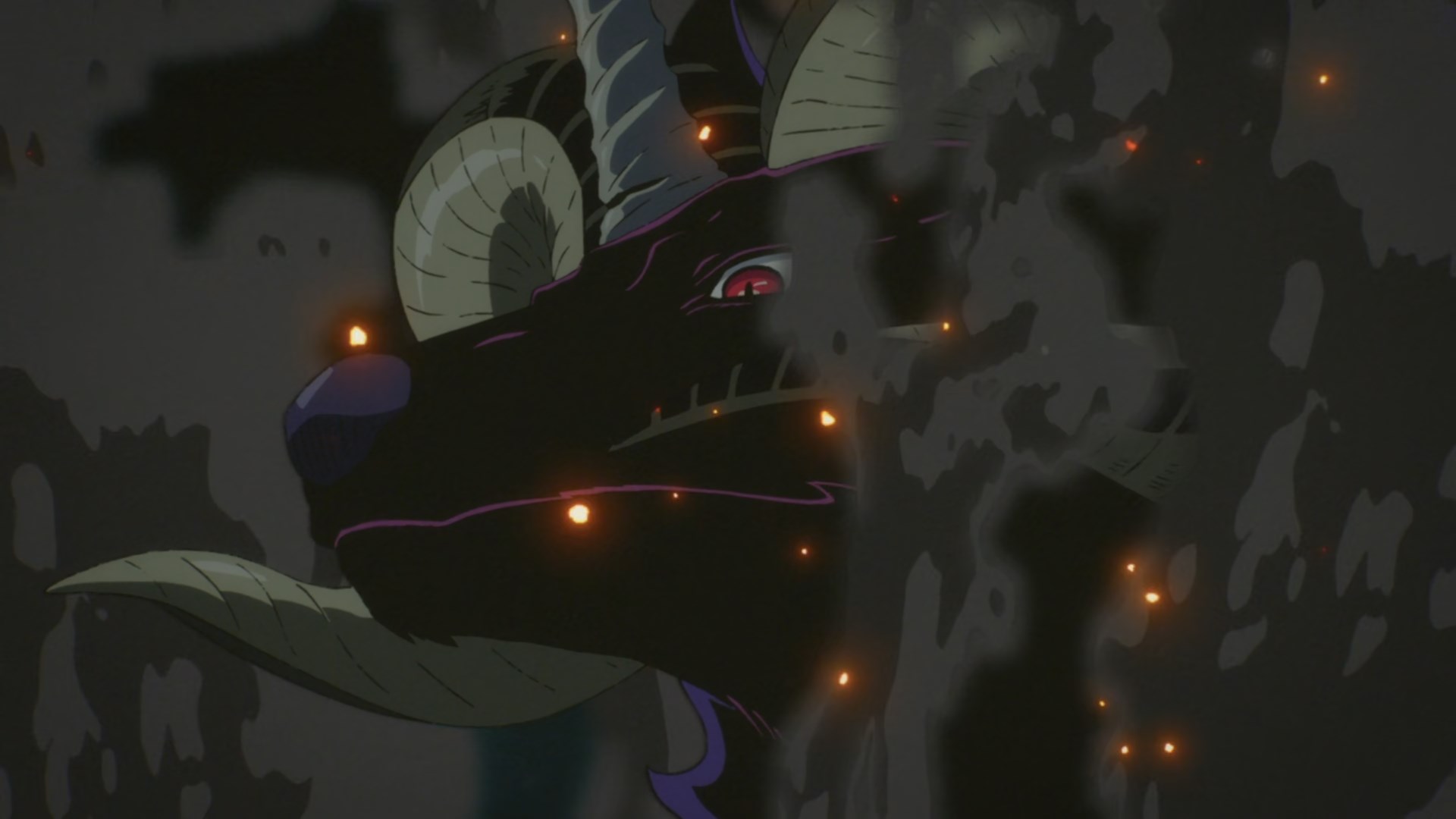
Finally, Clevatess: Majuu no Ou to Akago to Shikabane no Yuusha is the most ambitious of these series, starting off with a double length episode to set up the story. Int his world the various humanoid races are locked in a terroritory bordered by lands where Dark Beasts roam that kill anyone setting part in them. Each of these four border regions is ruled by a Lord and only by killing them could these lands be opened. Clevatess, one of the four lords, is the target of an ill conceived attempt to overthrow him, but easily slaughters the band of heroes that attack him. As revenge he destroys the capital of the country that sent them, sparing just one baby, planning to raise it to prove humans will always be a threat to him. Because the baby needs breast feeding, he resurrects the sole female hero who was part of the attempt, who is now bound to him as a servant to him and the baby… All of which is setup for the three of them to get exploring the human countries. The animation is a cut above the rest of these series and this may be an actual good series, depending on how it evolves.
Of these five series, only Clevatess started as a manga, while Jidouhanbaiki ni Umarekawatta Ore wa Meikyuu o Samayou, Tsuyokute New Saga and Tsuihousha Shokudou e Youkoso! all came from Shōsetsuka ni Narō while Koujo Denka no Kateikyoushi originated at a similar site. If you look at the list of selected works on its Wikipedia page, you can get an even better view of how much Shōsetsuka ni Narō domniates otaku imaginations. Hence naro slop, to give credit where credit is due.


